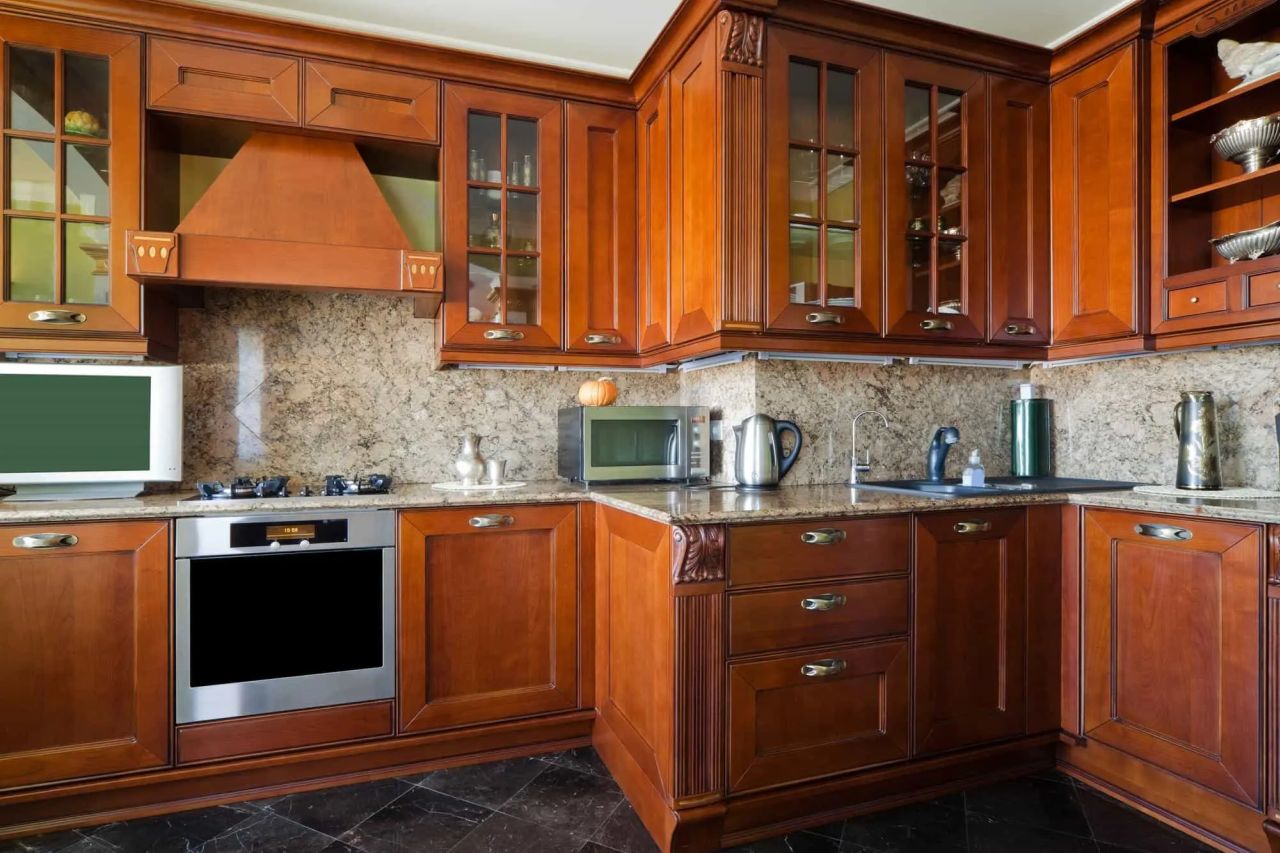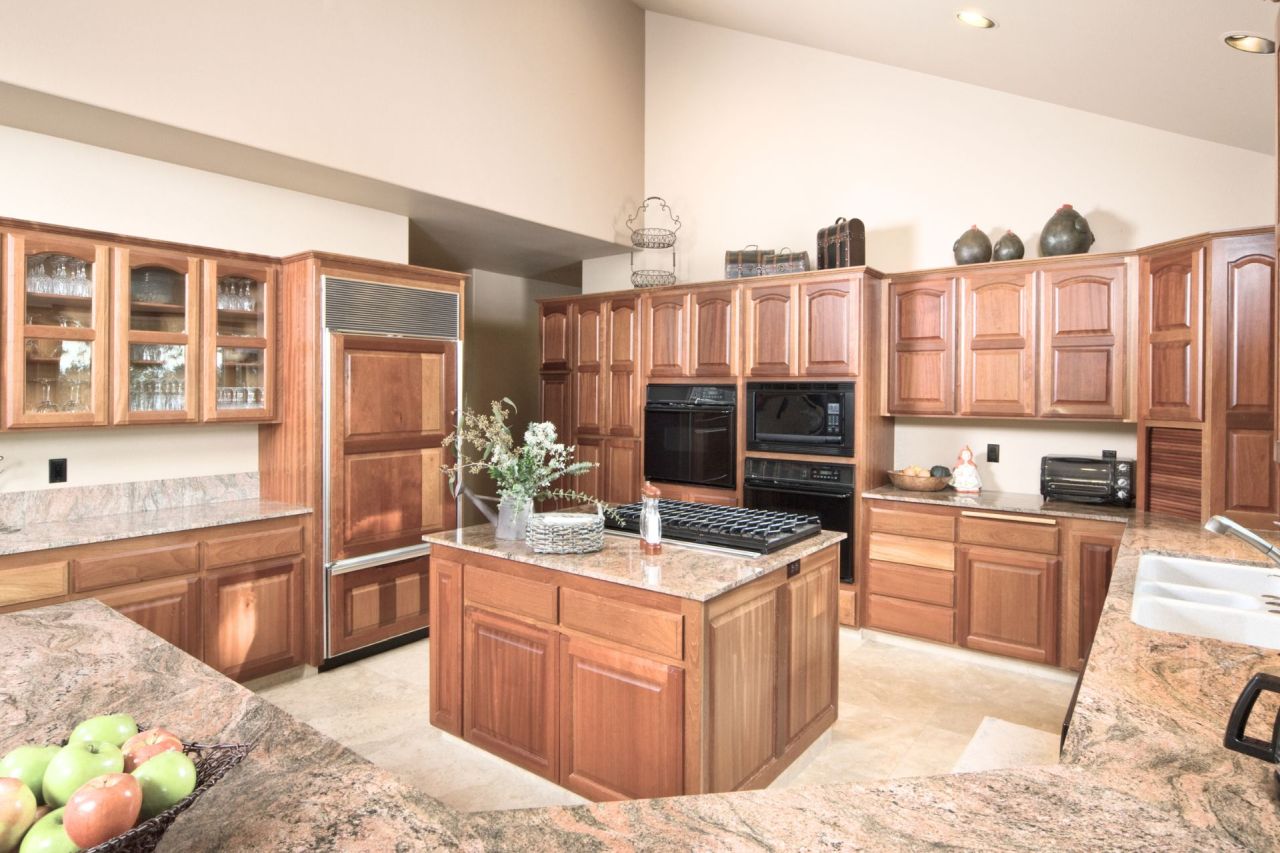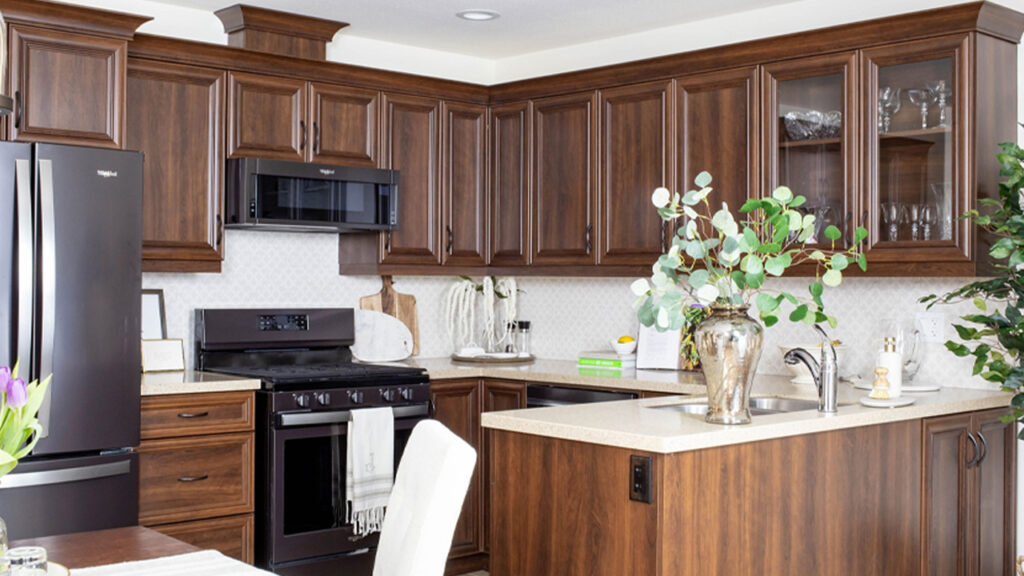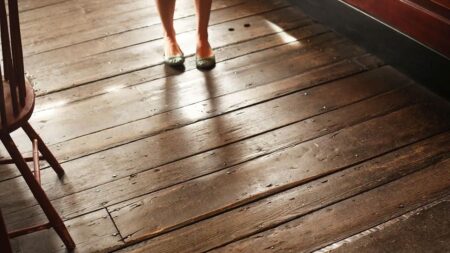A well-styled kitchen cabinet with a wood finish can immediately upgrade the look of a home’s cooking area. From classic to modern, the options are nearly endless, which can make narrowing down your top choice a bit overwhelming. To simplify the decision-making process, you must acquaint yourself with the finishes, services, and compatibility with different kitchens that are available.
Choosing the right wood finish for your kitchen cabinets involves understanding both aesthetic preferences and practical requirements. More than just visual appeal, the right finish protects your investment while enhancing your kitchen’s overall design scheme.

Types of Wood Finishes
Apart from protecting the surface, wood finishes are also decorative. Mainly, they withstand the moisture, stains, and daily wear of cabinets. Moreover, finishes play an aesthetic role, highlighting the beauty of the natural grain of the wood.
All in all, by understanding the various types of finishes, you are better able to choose a finish that is most suitable for your needs. Understanding the different types of wood finishes available will help you make an informed decision that suits the needs and the aesthetic preferences of your kitchen cabinets.
Oil-Based Finishes
Oil-based finishes are penetrating finishes that provide an exceptionally deep, rich, natural appearance on wood surfaces. They are perfect for people who love rustic styles because they accentuate the natural patterns and colors of the wood. On the other hand, oil finishes do need regular upkeep to preserve their appearance.
Polyurethane Finishes
Ideal for those looking for durability, polyurethane provides strong protection. Polyurethane comes in oil-based and water-based varieties and creates a protective barrier on wood surfaces to protect against scratches and moisture. It is versatile and can be used in busy kitchens where there is a lot of traffic.
Varnish Finishes
Varnish offers a hard, glossy finish that will bring out the wood color and grain. This choice is also perfect for kitchens, as its protection from heat and water is excellent. While varnish is more tedious to apply, the result is a nice, smooth finish that is hard and long-lasting.
Shellac Finishes
Made from natural sources, shellac will give wood surfaces a warm, amber color. It dries fast, so you can apply multiple coats in a short period of time. Shellac has a beautiful finish but is not as resistant to heat and moisture as other options.
Lacquer Finishes
Lacquer creates a glossy, high-shine finish, which can add a touch of elegance to your kitchen cabinets. This finish dries quickly and is relatively moisture resistant. It does, however, potentially need more coats to achieve the desired appearance.
Also Read: How to Clean Kitchen Cabinets the Right Way – Tackling Stains, Grease and Grime
Aligning With Kitchen Style
Selecting a finish depends significantly on the style of the kitchen itself. According to the National Association of Home Builders, lacquer or polyurethane has a perfectly smooth finish, and it is relatively easy to maintain, so it works well in modern kitchens with their minimalist designs. In contrast, the natural warmth and depth of oil or varnish finishes might be preferred for more traditional kitchens.
Maintenance Considerations
Wood finishes, like virtually every other material, require periodic maintenance to keep looking their best and extend their lifespan. A reapplication of oil-based finishes can be required every few years, whereas finishes made with polyurethane and varnish are more durable and will need much less upkeep. Knowing the maintenance requirements helps keep the cabinets in pristine condition.
Environmental Impact
Choosing a finish is just one of the key factors that impact environmental consequences. As they have reduced volatile organic compound (VOC) emissions, water-based polyurethane and shellac finishes are safer alternative selections for homes. Choosing eco-friendly finishes can create a healthier indoor environment.
Cost Considerations
Budget is an important factor when it comes to choosing wood finishes. Even though oil-based finishes may be cheaper initially, repeated maintenance may drive up the cost in the long run. Because they last longer, polyurethane and varnish finishes may be more economical over time, even though they are generally more expensive at the outset.
DIY Application vs Professional Application
Whether the final coats are to be applied on your own or by professionals is another variable to consider. If it is a complex application, such as lacquer, you can rely on professionals who have extensive experience and will have the tools to perfect it. On the other hand, DIY enthusiasts might want to try oil or varnish finishes when they know how to work with them and have the right tools.

Conclusion
The right cabinet wood finish effectively enhances a space’s overall look with a combination of style, function, and budget considerations. By knowing about the different types of finishes, their pros and cons, and their maintenance requirements, you can simplify the decision-making process. In conclusion, the right finish can transform your kitchen and help create a welcoming, durable environment. Taking into account personal taste and the environmental impact of each material, homeowners can make the right decisions for their cooking space.
FAQ’s About Best Wood Finish for Kitchen Cabinets
Q. What is the long-lasting cabinet finish?
A. Polyurethane is considered to be a lasting wood finish. It is a type of varnish that is made from a mixture of resin and polyurethane. It is water- and scratch-resistant, and fade-proof as well.
Q. What is the standard finish on kitchen cabinets?
A. Matte is a standard choice for most cabinet finishes. It gives a smooth finish to the cabinets that doesn’t look glassy when light is reflected on it. Matte finish cabinets are painted without shine, but don’t make them look dull.
Q. Should kitchen cabinets be shiny or matte?
A. The gloss finish adds a touch of expensiveness, making the kitchen look modern and sophisticated. On the other hand, matte finish is more subtle, soft, and cozy, and works like magic if the kitchen has a more traditional look.
Q. What is satin finish?
A. In terms of sheen and gloss, the satin is less reflective and durable. Depending on the lighting in the room, a satin finish can seem both glossy and flat. Unlike gloss paint, it can be cleaned.
Follow Homecrux on Google News!




